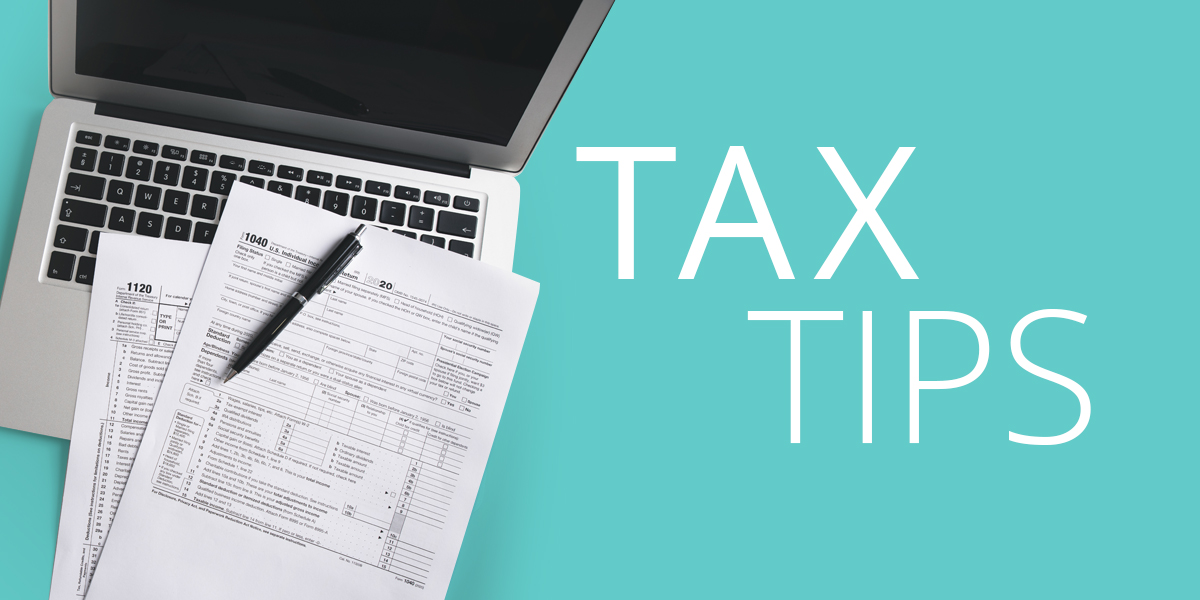The IRS has posted a list of common refund myths on its website. For example, if the online Where’s My Refund tool or automated hotline doesn’t specify when a refund will be approved, there’s no point in calling the IRS. The tax agency won’t have additional details yet.
How To Get an “Early” Refund, Adjust Your Withholding
If you received a large refund this year, you may want to adjust your withholding. Each year, millions of taxpayers claim an income tax refund. To be sure, receiving a payment from the IRS for a few thousand dollars can be a pleasant influx of cash. But it means you were essentially giving the government an interest-free loan for close to a year, which isn’t the best use of your money.
Returning an Erroneous Refund
Mistakes happen. What if you receive a refund from the IRS that you’re not entitled to? Or what if you receive one that’s more than you’re entitled to?
Check the Status of a Tax Refund Using This IRS Tool
Taxpayers can start checking their tax refund status within 24 hours after receiving an e-filed return. The easiest and most convenient way to do this is by using the “Where’s My Refund?” tool on the IRS website. The tool also provides a personalized refund date after the return is processed and a refund is approved.
Unemployment Tax Break Refunds Issued for 2020
Final corrections for taxpayers who overpaid their taxes on unemployment compensation received in 2020 have been completed by the IRS. Approximately 14 million returns were corrected, resulting in nearly 12 million refunds totaling $14.8 billion.
How To Check the Status of a Tax Refund
Tracking the status of a tax refund is easy with the Where’s My Refund? tool. It’s available anytime on IRS.gov or through the IRS2Go App. Where’s My Refund provides a personalized date after the return is processed and a refund is approved. While most tax refunds are issued within 21 days, some may take longer if the return requires additional review.
Payment for Refundable Child Tax Credit Starts July 15
The first monthly payment of the expanded and newly-advanceable Child Tax Credit (CTC) from the American Rescue Plan will be made on July 15. Roughly 39 million households—nearly 90 percent of children in the United States—are slated to begin receiving monthly payments without any further action required.
Recovery Rebate Credit May Be Different Than Expected
Some taxpayers who claim the 2020 Recovery Rebate Credit (RRC) on their 2020 tax returns are discovering that they may be getting a different amount than they expected. Let’s take a closer look at why this is happening.






